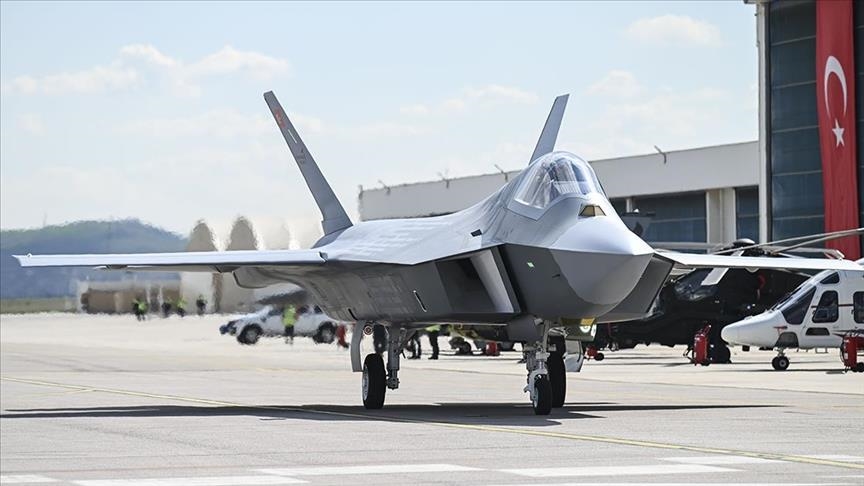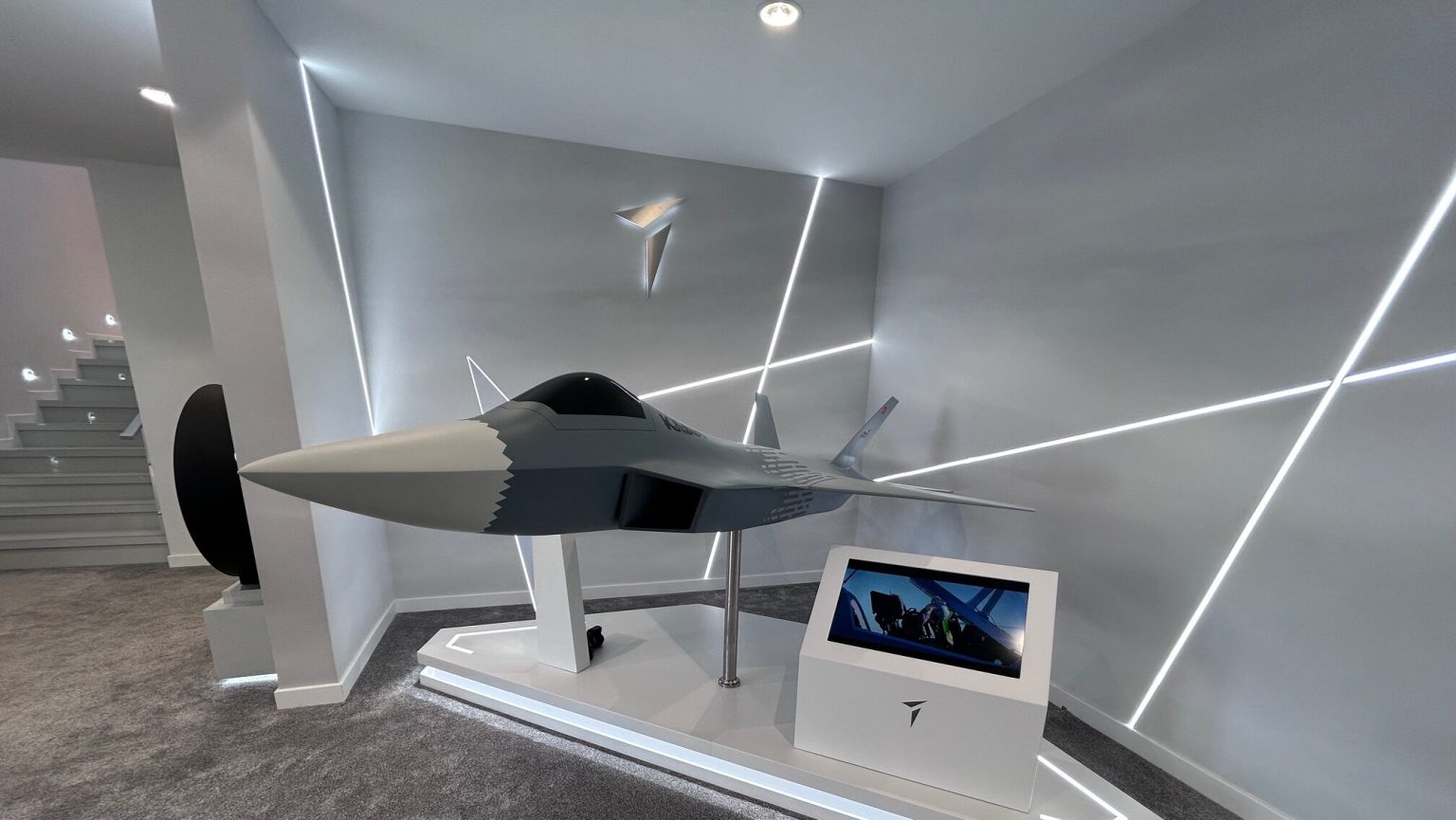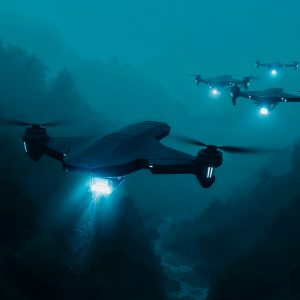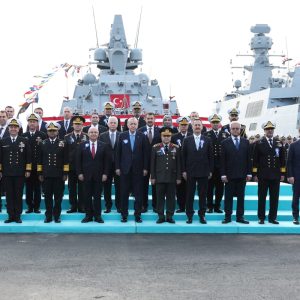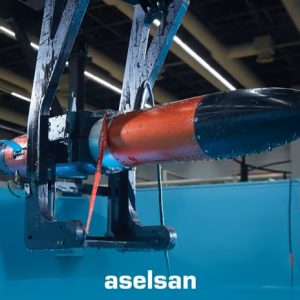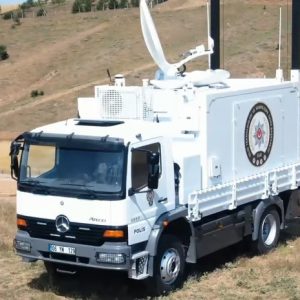Türkiye’s Ambitious Goal: Fully Indigenous KAAN Fighter Jet Engine by 2032
Türkiye has confirmed that its fifth-generation fighter jet, KAAN, will operate with a domestically developed engine by 2032. This milestone reflects Ankara’s broader ambition to eliminate foreign dependencies in critical defence technologies.
Currently, KAAN relies on the General Electric F110 engine. However, Turkish officials aim to transition to a fully indigenous propulsion system within the next seven years. The development is led by TRMotor and Turkish Engine Industries (TEI), in close cooperation with the Presidency of Defence Industries (SSB).
TEI, and TRMotor: The Engine Partnership Behind the Vision
The ambitious engine development plan will be executed in collaboration with Tusas Engine Industries (TEI) and TRMotor, a company under the Turkish Aerospace umbrella, responsible for propulsion system design. While initial timelines suggested a mid-2030s delivery, Kotil’s announcement accelerates this to 2032.
“We expect our national engine to be ready by 2032. That’s our target. Until then, we will continue flying KAAN with the F110 engine,” — Mehmet Demiroğlu, CEO, TAI
The new indigenous engine will be benchmarked against twin-engine fifth-generation stealth aircraft powerplants, such as those in the F-22 Raptor and Su-57, aiming to deliver high thrust-to-weight ratios, stealth optimization, and supercruise capability.
Strategic Impact: Reducing Foreign Dependency in Combat Air Power
Moving away from foreign engine suppliers not only boosts strategic autonomy, but also strengthens Türkiye’s growing aerospace ecosystem. Engineers have already started prototype development for high-thrust military engines suitable for KAAN’s twin-engine configuration.
“We will reduce external dependency significantly,” said a senior SSB official. “The indigenous engine will power KAAN by 2032.”
Beyond self-reliance, the program is expected to generate major technology spillovers in thermal coatings, turbine materials, and AI-based engine diagnostics. These advances will support Türkiye’s broader ambitions in next-gen UAVs and hypersonic systems.
Program Timeline and International Context
- 2028: Entry into serial production phase with foreign engine.
- 2032: Integration of locally developed engine.
- 2040: Projected completion of KAAN Block III with advanced sensors, AI-assisted targeting, and stealth refinement.
Meanwhile, Türkiye’s KAAN is being closely observed by regional and NATO allies, especially as it positions itself as an alternative to GCAP (Global Combat Air Programme) and FCAS (Future Combat Air System) for mid-tier air forces seeking fifth-gen capabilities without full political entanglements.
Related News
Read also: Türkiye signs historic 48-aircraft KAAN export deal with Indonesia
External Sources
